SATE 2022: From Zero to Hero
- Subject Matter Expert
I’m delighted to be leading a session at this year’s SATE conference, focused on how to embed inclusion, diversity, equity, and access (IDEA) into the project pipeline beyond recruitment or creative work. This session itself is an act of co-creation, arising out of a conversation between myself and Nicola Rossini. We, and others, have spoken and written extensively about IDEA in our industry, but there’s still work to be done. What if, we wondered, we put on a show instead of once again trotting out a panel? What if we actually had fun with what’s usually an incredibly serious topic that people are scared to ‘get wrong’?
SATE 2022 will be the tongue-in-cheek world premiere staged reading of “From Zero to Hero”, a darkly comedic one-act play about how themed experience can better embed IDEA in the project pipeline, and how some simple but radical changes in approach can pay huge financial, emotional, and experiential dividends. In support of that, we’re sharing this post in advance of the session, complete with a link to download a PDF of our ‘working script’, so that anyone who would benefit from advance access has it. Creating this has been an intense process of ‘yes-and’, of finding connections between our respective disciplines. We began by asking our co-conspirators what their biggest “I wish everyone understood X about my discipline” was.
___
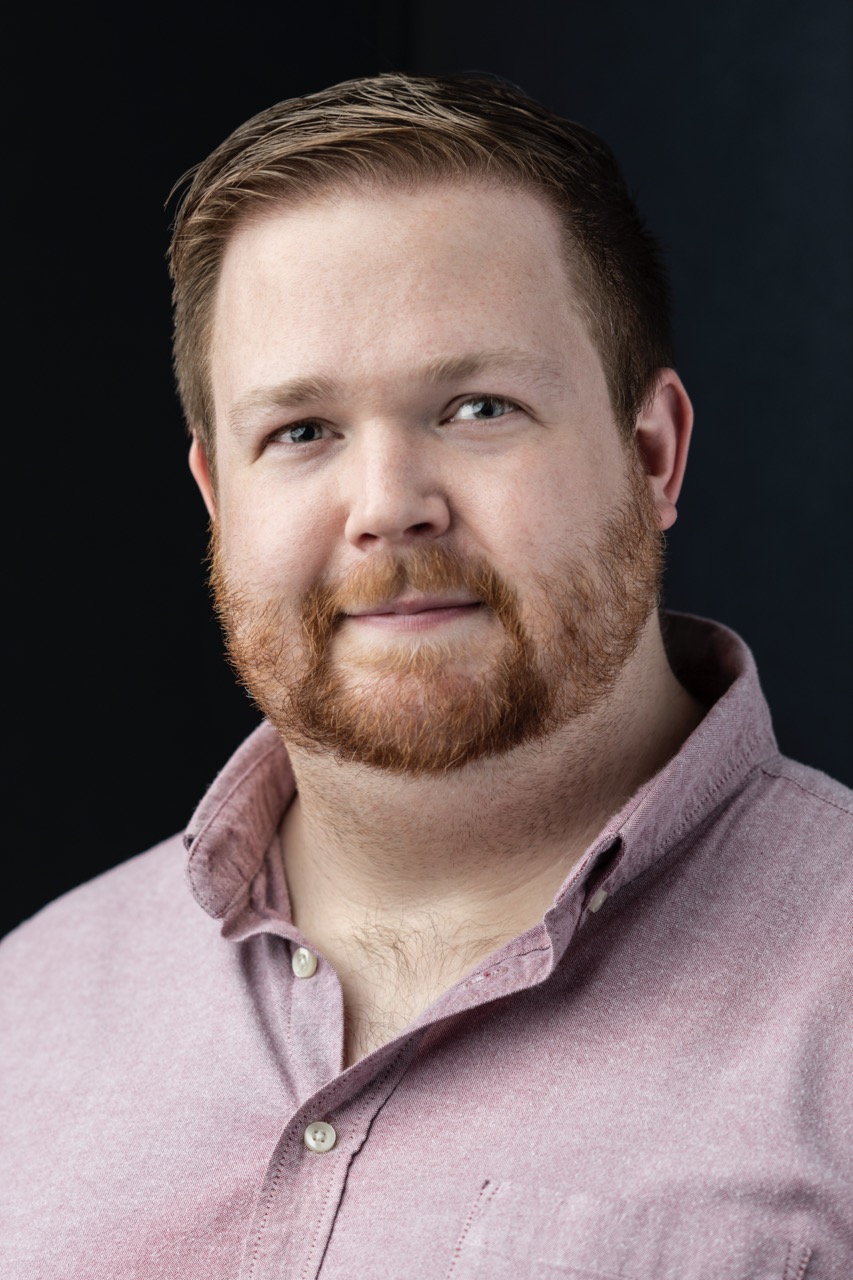
Jesse Cannady (he/him) (Thinkwell, a TAIT company) plays the role of Project Development. His take: “IDEA design starts in the Blue Sky phase. Doing IDEA work well in projects means it’s both a cap-ex and ops expense, it can’t be a check box in the RFP, and often it’s the first thing people want to VE out of a proposal or project budget and it should be the last.”
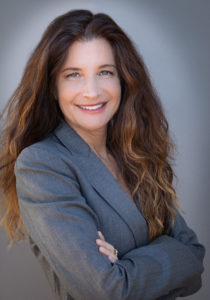
Wendy Heimann-Nunes (she/her) (Nolan Heimann LLP) plays everyone’s favorite role: the lawyer. She brings to the table the perspective that, “The contract is the outcome of building a relationship of trust and shared values, it’s not the starting point for a good relationship. So often we think about the short-term, but the reality is developing a project framework that embeds IDEA has a huge ROI past opening day.”
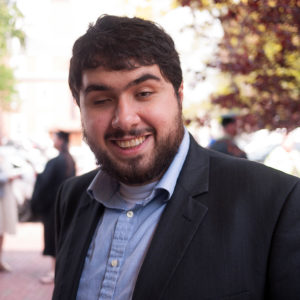 Sina Bahram (he/him; left/above) and Corey Timpson (he/him; right/below) (Prime Access Consulting) represent accessibility and inclusion subject matter experts, and have a number of resources available on their site. “Themed experience already has the pieces in place. It thrives on multi-modality, using what guests see, hear, feel, and do simultaneously to create immersion. It’s not a big step to also use those channels to increase and improve accessibility.” Sina notes.
Sina Bahram (he/him; left/above) and Corey Timpson (he/him; right/below) (Prime Access Consulting) represent accessibility and inclusion subject matter experts, and have a number of resources available on their site. “Themed experience already has the pieces in place. It thrives on multi-modality, using what guests see, hear, feel, and do simultaneously to create immersion. It’s not a big step to also use those channels to increase and improve accessibility.” Sina notes.
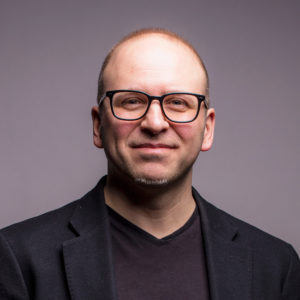
Corey adds,“It’s important to understand that employing an inclusive design methodology yields far more outcomes than just accessibility – immersion, deeper and prolonged engagement, comfort, relevance, and people spending less time and energy trying to navigate an experience and more on actually doing the experience.”
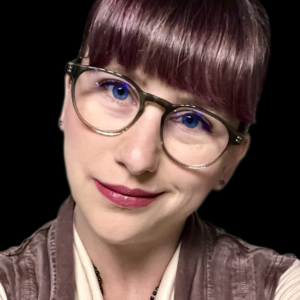
Erica McCay (she/they) (Valtech Themed Entertainment Studio) agrees strongly with a third point that Sina and Corey raise: people’s needs change and experiences must meet those changing needs. Her focus on interactives and playtesting leads to a snappy and memorable trio of guidelines. “When it comes to playtesting, do it early, do it often, and do it with as many people as possible.” Embedding increasing levels of complexity of playtesting into the entire span of the design process helps avoid going too far down a path that won’t work and informs the highly iterative process.
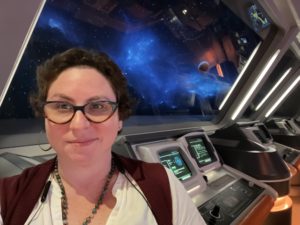
Nicola Rossini (she/they) (Riding Chaos) represents the production and project management piece of the puzzle. Specifically thinking about access, “We need to shift to budgeting/scheduling to the needs of the project not just the ideals of the investors – and that must include resource & scheduling to include multiple options for fabrication, installation, & operationalization that also recognizes real humans with real needs are working on these things. What it costs to run a good, accessible, humane project cannot be a nice-to-have that is at risk of being value engineered.” Nicola strongly recommends Cary Gillett and Jay Sheehan’s book “The Production Manager’s Toolkit”. The second edition will be released in March of next year.
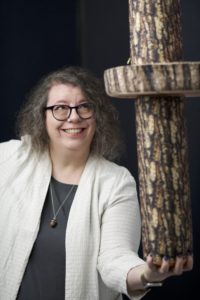
As for me, Cynthia Sharpe (she/her) (Thinkwell, a TAIT Company), I’m the hard-charging Project Executive who while incredibly successful in their career comes from a more traditional project approach background and has oh so much to learn from our esteemed panelists. And hopefully, in the process, I’ll make it feel less scary for others who see themselves in these projects and conversations to be more vulnerable and open to learning. I’ve found Art Equity’s “Finding the Keys” training to be incredibly helpful in reshaping recruitment, hiring, and retention – something we’re not explicitly hitting on in the session.
Our team is grateful to Dan Picard (he/him) (MDSX Creative) who initially was part of our team but cannot participate in the conference. Conversations with him deeply informed our approach. His absence helps us underscore a few points. Often, Creative is expected to do the lift of IDEA work, without it manifesting in other disciplines. But this work takes a team, and when one person cannot participate, it’s up to others to step up. And last, too often this work is expected of people from traditionally marginalized and oppressed groups, and we did not want to reinforce that or treat Dan like he’s hot-swappable. He’s not. People aren’t. And so his absence is an important element of our story. We are also thankful to Sam Lieberstein and Nicole Geletka for their assistance in herding us cats to the finish line.
Once the TEA posts the video to their YouTube channel, we will add that link here as well.
Related Posts
Thinkwellians Win Accolades
- Blog Posts
- News
- Subject Matter Expert
Thinkwell (a TAIT company) congratulates its team members Thomas Jakobson...